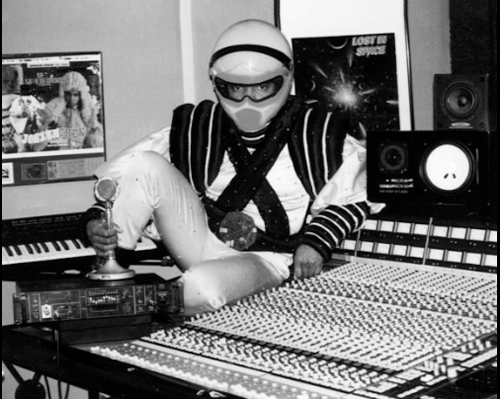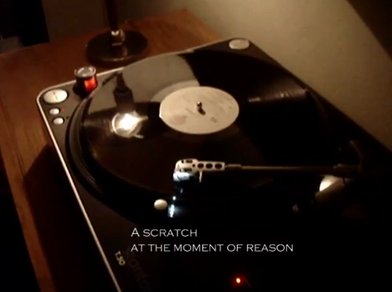The Vocoder: From Speech-Scrambling To Robot Rock

Note: The following is an interview about a book that’s coming out on the history of the vocoder. Quite interesting. My only observation is that the interviewer casually links early Hip Hop with pop culture and this is missed by the interviewee. Historians know that early Hip Hop was also an avant-garde movement, though with different preocupations of previous groups who may have deliberately linked themselves with the nineteenth century concept. Still worth the listen/reading.
Orignally aired/published: May 13, 2010
If you’ve listened to pop music in the past 40 years, you’ve probably heard more than a few songs with a robotic sound. That’s thanks to the vocoder, a device invented by Bell Labs, the research division of AT&T. Though the vocoder has found its way into music, the machine was never intended for that function. Rather, it was developed to decrease the cost of long-distance calls and has taken on numerous other uses since.
Music journalist Dave Tompkins has written a book about the vocoder and its unlikely history. It’s called How to Wreck a Nice Beach: The Vocoder From World War II to Hip-Hop.
Tompkins says the machine played a significant role in World War II. After the U.S. government discovered that Winston Churchill’s conversations with Franklin D. Roosevelt were being intercepted and deciphered by the Germans, it decided to invest in speech-encoding technology. So the National Defense Research Committee commissioned Bell Labs in 1942 to develop a machine — and Bell Labs delivered.
The vocoder wasn’t without its flaws. Intelligibility of speech sometimes proved a problem, but Tompkins says pitch control was a bigger concern.
“They didn’t mind world leaders sounding like robots, just as long as they didn’t sound like chipmunks,” he says. “Eisenhower did not want to sound like a chipmunk.”
Read or listen to the complete interview at NPR










